How to start a Keto Diet
The Ketogenic Diet (Part 1)
For decades we’ve been told that fat is detrimental to consume and negatively impacts our health. We now know this message may have actually done more harm than good. The ketogenic diet is literally the opposite of a low-fat diet. It’s described as a high-fat diet, and is currently trending in the nutrition world. The word “keto” was the most Googled food-related term in 2020. Let’s explore what the ketogenic diet is, its safety, and how to start the ketogenic diet healthfully.
What is a Keto Diet?
The ketogenic diet has origins dating back to 500 BC, but came to popularity in the modern medical community starting in the 1920’s as an incredibly effective treatment of epilepsy in children. The ketogenic diet is a low-carb, high-fat diet, but differs from regular low-carb dieting (Atkins, Southbeach, etc) as its purpose is to switch the body into a state of burning fatty acids for fuel (ketones) instead of carbohydrates (glucose). This process is called ketogenesis. Once in the natural metabolic state of ketosis, ketones are present in the blood and your body becomes increasingly capable of using them for energy. You get into ketosis by following a ketogenic diet, fasting, intense exercise, but it also happens naturally during pregnancy, infancy and starvation [1,2,3].
The Safety of a Keto Diet
Unfortunately there is a lot of misleading information on the internet in regards to the safety of the ketogenic diet. For the majority of people, the ketogenic diet is perfectly safe and provides incredible health benefits including weight loss, blood sugar/insulin regulation, and decreased inflammation as discussed below [4,5,6,7,8,9]. More complicated cases, such as patients with diabetes, high blood pressure, liver/kidney/heart disease, or women who are pregnant, may require medical supervision when starting the ketogenic diet. Very rarely should the ketogenic diet be strictly avoided, including those that are breastfeeding and individuals with rare metabolic conditions or enzyme deficiencies that inhibit the production of ketones or digestion of fat [10].
Benefits of a Keto Diet
- Weight loss: Several studies have shown that the ketogenic diet consistently outperforms other diets when it comes to weight loss. One study suggested that those on keto lost 2.2 times more weight than those on a low-calorie, low-fat diet [11]. Another study in 2007 compared low-carb to the recommended dietary guidelines in the UK, and those on low-carb lost 3 times as much weight [12]. A PLoS One 2015 and a study in the British Journal of Nutrition in 2016 both indicate low-carb diets outperform low-fat diets in weight loss [13,14].
There are several reasons why the ketogenic diet outperforms other diets in the weight loss category. The first reason is that it improves appetite regulation. Most people find that they aren’t as hungry, which is due to ketosis suppressing appetite. Typically, hunger and cravings are an issue when someone embarks on a weight loss diet, so having less hunger initially can help patients experience longevity in their new way of eating. This decrease in hunger may be due to a decrease in the hormone ghrelin, the “hunger hormone.” The decrease in hunger may also come from switching from low-nutrient dense foods (breads, pasta, etc) to nutrient dense proteins and fats, which we know nourish and satiate the body. Several studies have indicated that being in ketosis may also increase the amount of fat burned during your daily life. Those in ketosis burn approximately 300 extra calories every day; mice studies have suggested that this is from increased thermogenesis [15,16].
- Metabolic Syndrome: As we know, metabolic syndrome encompasses several conditions including obesity, high blood sugar, high blood pressure, dyslipidemia, low HDL, and high TG. The following table highlights the studies that show a statistical advantage in improvement in multiple categories [17].
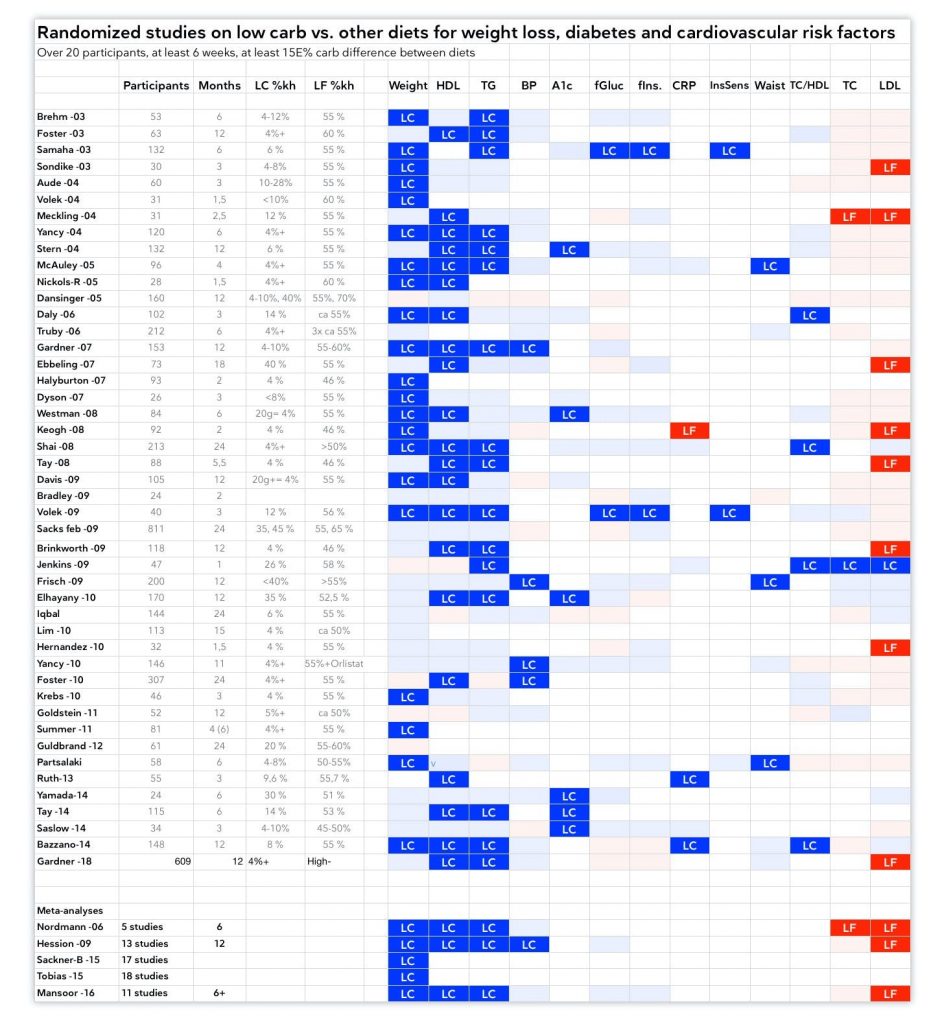
- Diabetes Type II: In a recent survey titled, Prevalence of Optimal Metabolic Health in American Adults, it was found that “Less than one-third of normal weight adults were metabolically healthy and the prevalence decreased to 8.0% and 0.5% in overweight and obese individuals, respectively.” Nutritional ketosis can greatly decrease blood sugar, improve insulin sensitivity, and reduce inflammation [18,19,20,21] . The ketogenic diet is so effective at reducing blood sugar, oftentimes people have to rapidly reduce blood glucose lowering medications [22]. In this study, blood glucose levels decreased 16.6% using the ketogenic diet [23]. Not only do blood sugar and A1C improve, but insulin sensitivity is also significantly impacted with a ketogenic diet. In a study conducted in 2005, researchers found that insulin sensitivity improved by approximately 75% after just a 2 week period on a high-fat ketogenic diet. When treating type II diabetes, the ketogenic diet aided patients in four ways: 1) maintenance of a caloric deficit (which increases insulin sensitivity, lowers blood sugar, and HbA1C), 2) weight loss (which in turn reduces inflammation), 3) blood sugar regulation (by reducing carbs), and 4) encouragement of ketone usage (which impact insulin resistance through multiple mechanisms)[24].
- Several Others: As noted above, the ketogenic diet greatly improves insulin sensitivity, which is a major factor in most chronic diseases and conditions. With the improvement of insulin sensitivity, reduction of inflammation, and ketone metabolism, you can use the ketogenic diet in treatment for a variety of conditions including non-alcoholic fatty liver disease, PCOS, migraines, Alzheimer’s, Parkinson’s, Multiple Sclerosis, Reflux/Heartburn, and even type I diabetes [25,26, 27,28,29,30,31,32,33] .
How to Successfully Start a Keto Diet
The first key to starting the ketogenic diet is coming to the conclusion that your health really matters! Without discipline and consistency, any diet or lifestyle change is futile. Here are the next steps to take to ensure you’re setting yourself up for success:
- Clean up your environment: Get the junk food out of your house. As the saying goes, “Out of sight, out of mind.” Go through your pantry, refrigerator, freezer, etc. and remove foods that are high carb, contain many ingredients, and aren’t whole food based.
- Purchase mostly whole foods: These are the foods that don’t need nutrition labels. Pick a variety of proteins (chicken, beef, fatty fish, eggs, full-fat dairy, nuts/seeds), and non-starchy vegetables (broccoli, cauliflower, tomatoes, carrots, leafy greens, bell peppers, celery, cucumbers, etc). As well as cooking oils, like olive, coconut, and avocado.
- Learn to read labels: You need to understand what’s in the foods you’re eating. To stay in ketosis it’s really important to cut sugar in all forms. Sugar can go by many names – high fructose corn syrup, maple syrup, agave nectar, corn sweetener, dextrose, fructose, glucose, fruit juice concentrates, malt syrup, barley malt, rice syrup, carob syrup, etc. Look for products with very small ingredient lists and < 10 g net carbohydrates.
- Find keto versions of your favorite foods: Following the ketogenic diet doesn’t mean you’ll have to give up your favorite foods – it just means you’ll need to find some keto alternatives! There are thousands of keto alternatives replacement recipes online.
- Calculate your macronutrients and start using a tracker: I will be diving into this step much more in the next blog post. Figuring out your individual macronutrient goals is an easy process, and tracking can help you learn how many carbohydrates are in each food. Tracking doesn’t have to be done for a lifetime, but can be super helpful in the beginning to give you a better understanding of what is in each food.
I hope that this article gives you a better understanding of the ketogenic diet and its many benefits to health. Stay tuned for more information on following the ketogenic diet successfully, troubleshooting side effects, and staying on track long-term. As always, before making any diet change it’s very important that you work with a medical professional, especially if you have a pre-existing medical condition.

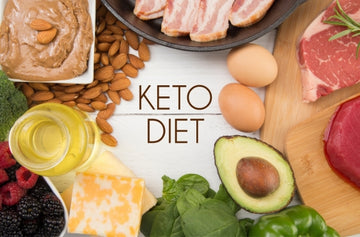




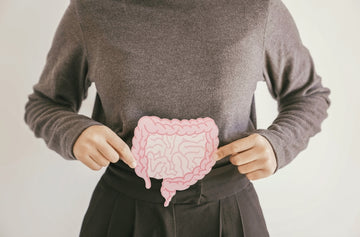

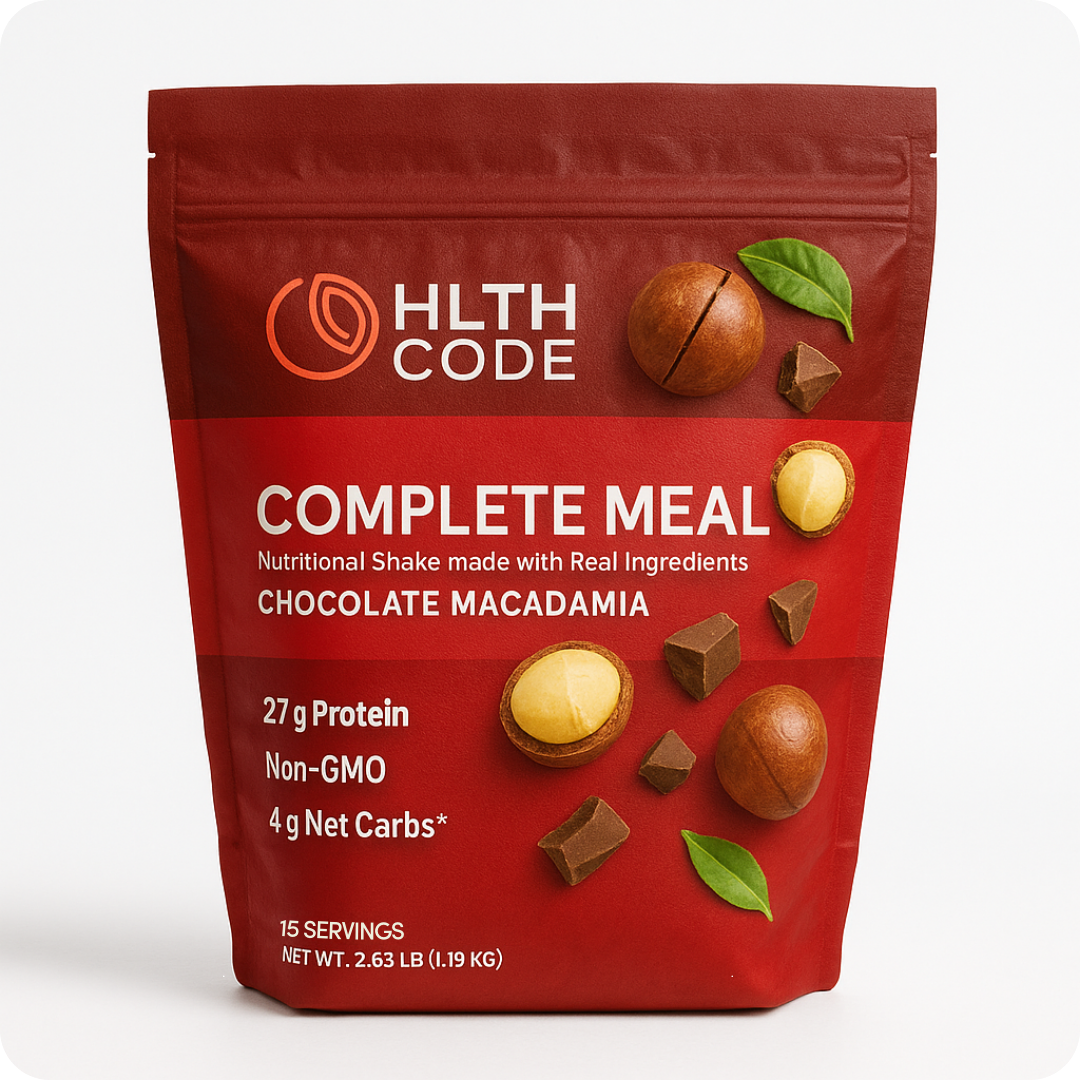
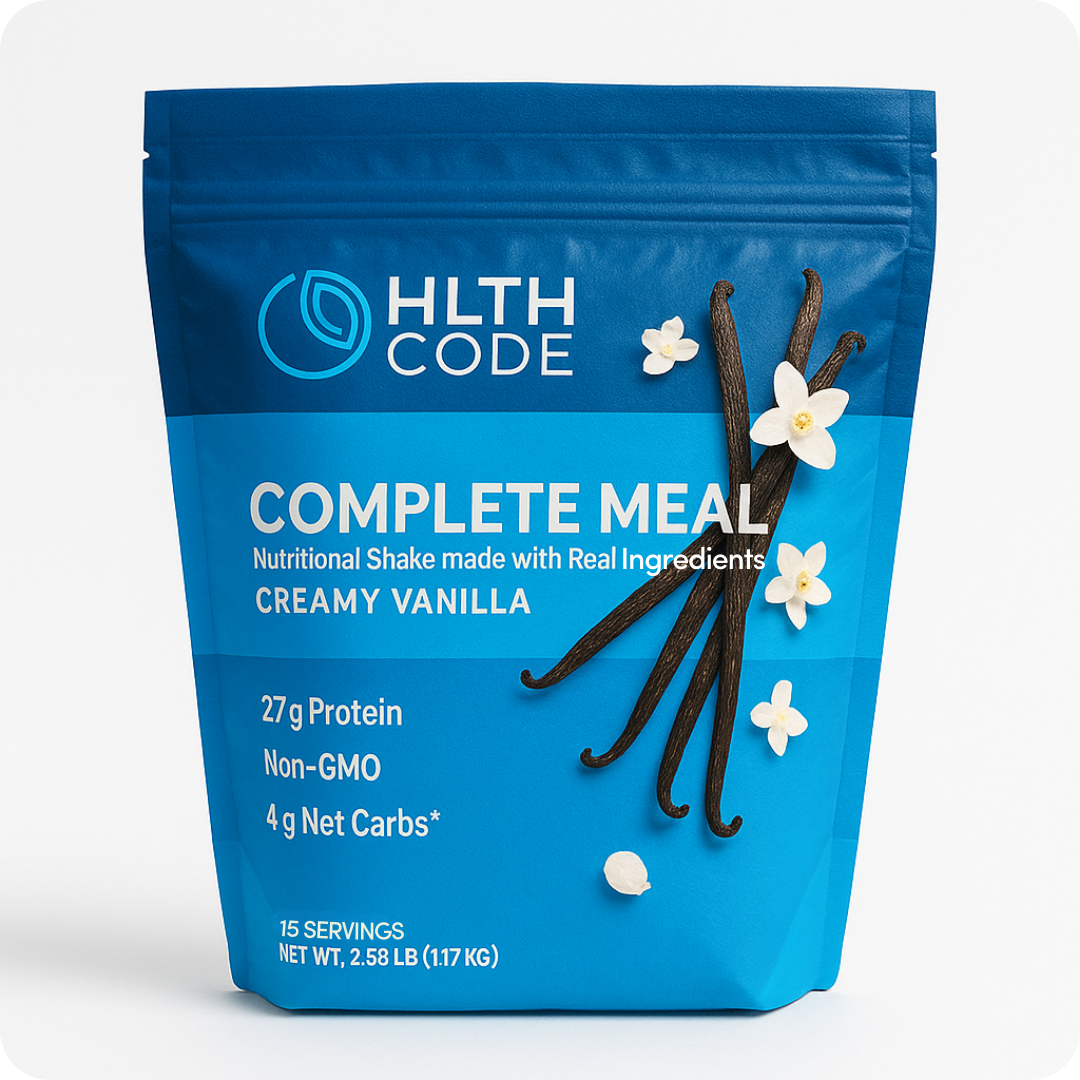
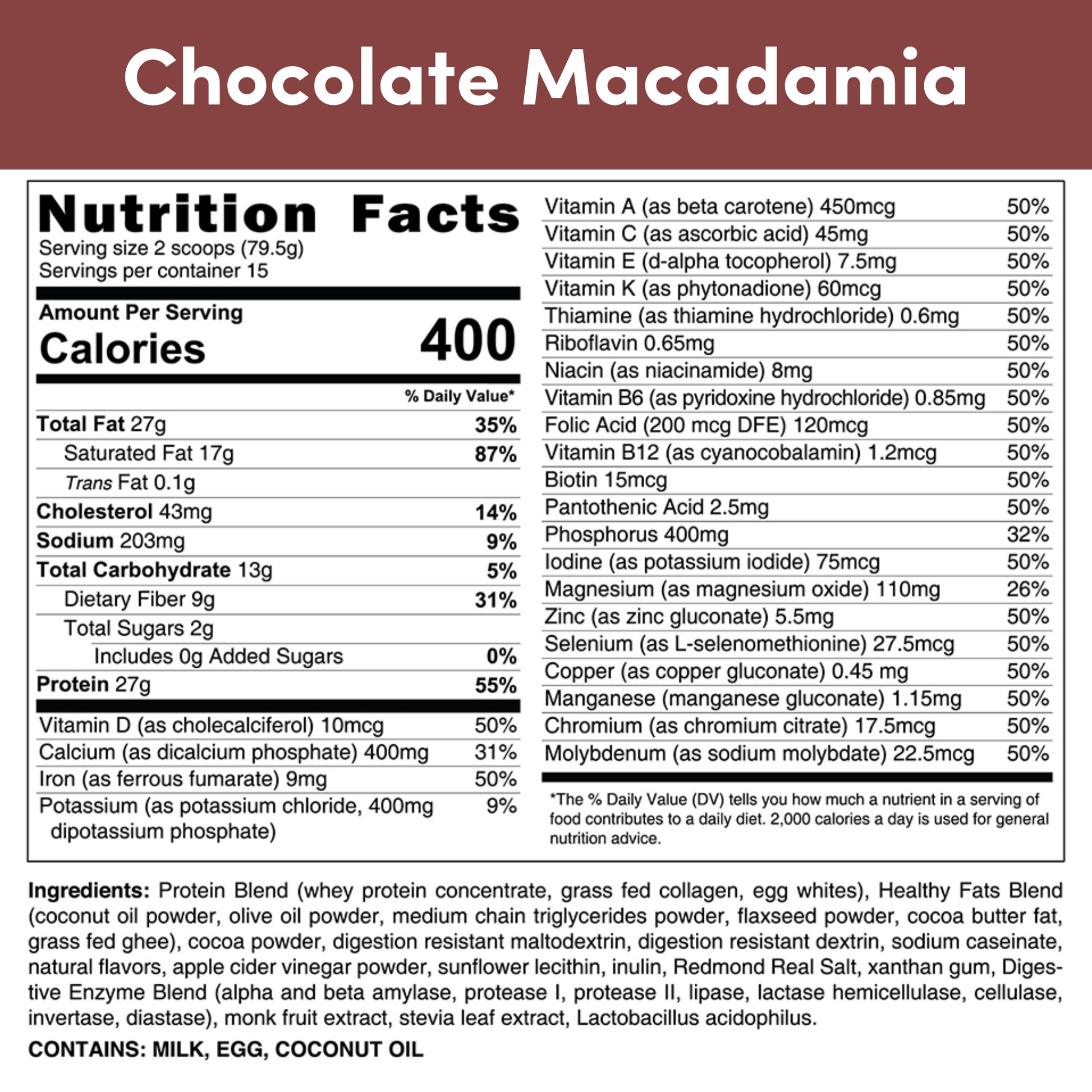
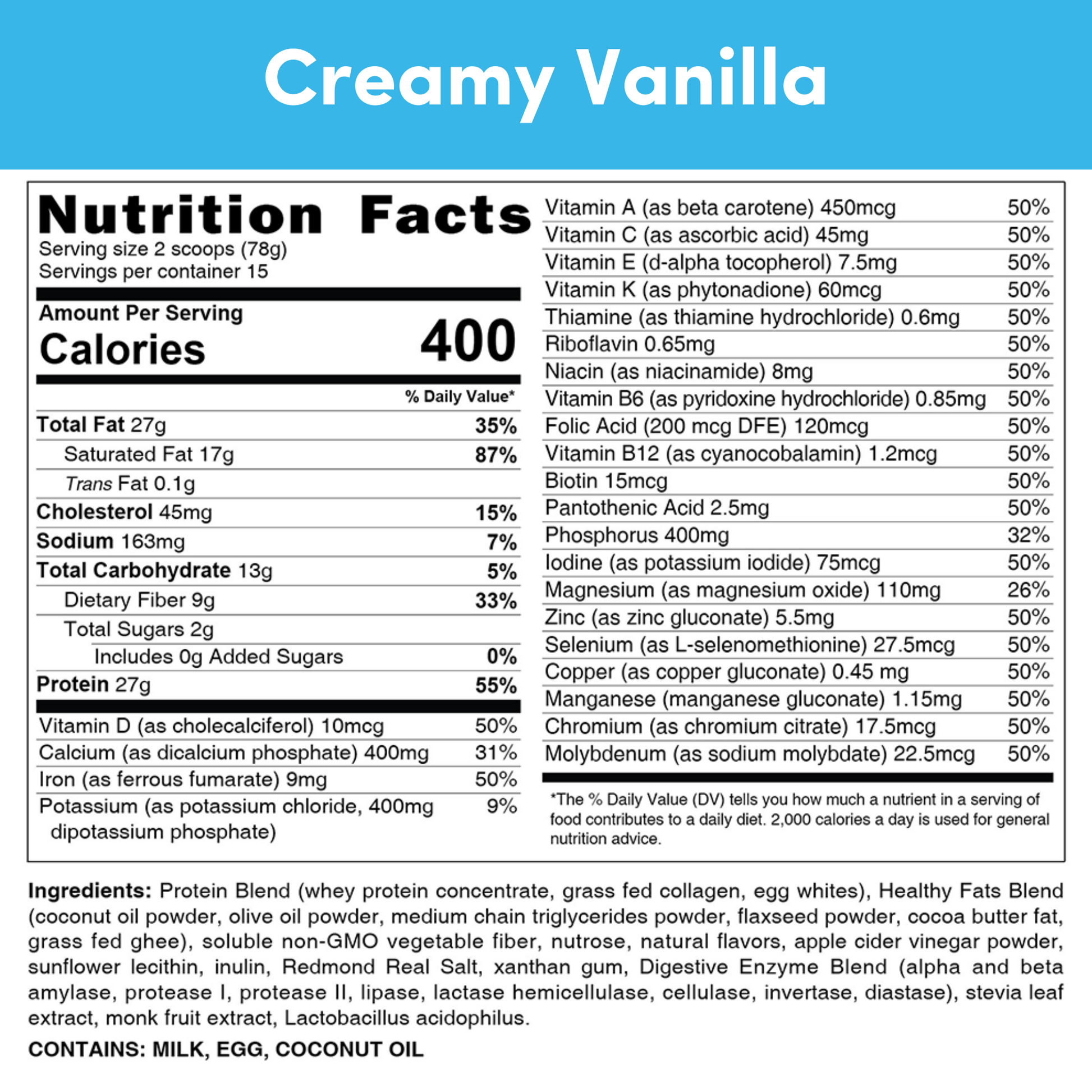




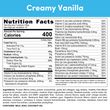

 30 Day Money Back Guarantee
30 Day Money Back Guarantee